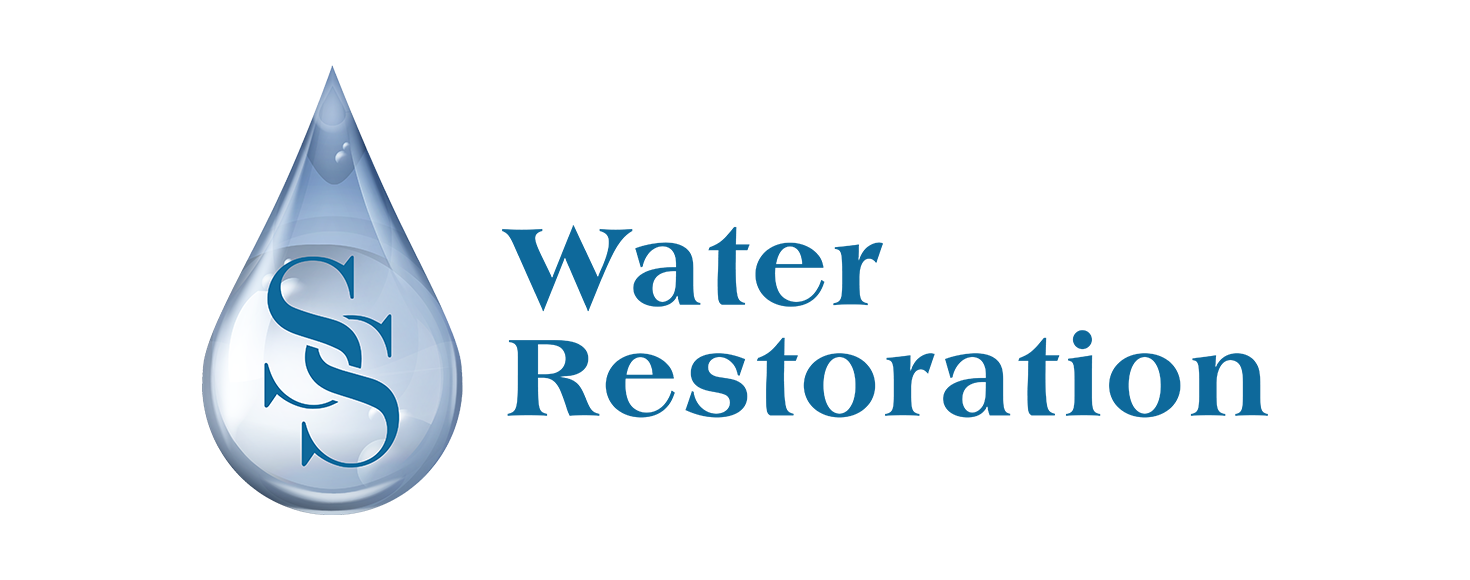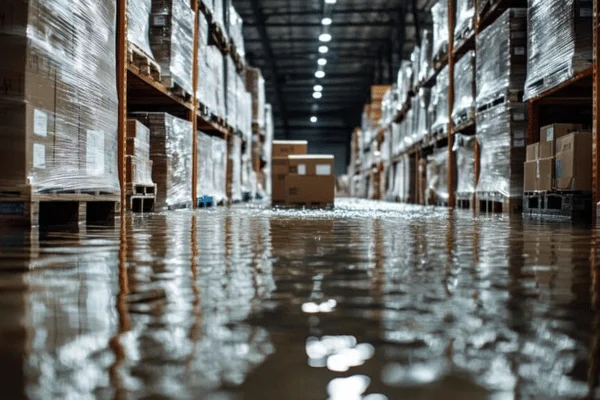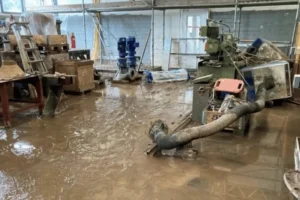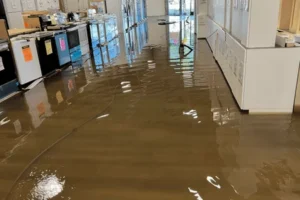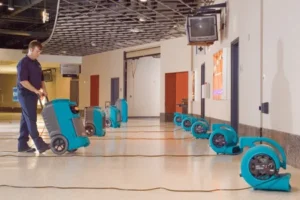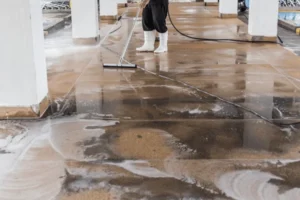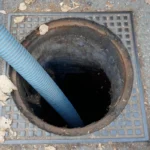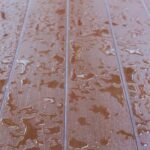Commercial water damage can trigger more than just visible destruction—it can quietly undermine your business’s foundation. Beyond immediate structural concerns, long-term effects such as mold growth, rising repair costs, and health risks pose threats to operations, reputation, and finances. Understanding the full scope of damage helps safeguard your workplace, ensuring resilience against unexpected disruptions and preserving the well-being of everyone on-site.
Commercial building water damage can devastate operations. Building water damage and commercial flood damage require immediate action. Contact experts for commercial water damage restoration to protect your business and minimize costly downtime quickly. In the meantime, let’s look at what you need to know about water damage in commercial settings.
What Is Commercial Water Damage and Why Is It Dangerous?
Water damage in business properties refers to any water-related issues that affect business properties, posing a serious threat to your operations. Understanding the types and common causes of this damage is essential for preventing costly repairs and disruptions.
When commercial building water damage or building water damage occurs, rapid commercial flood damage cleanup is vital. Professional commercial water damage restoration ensures safety, structural stability, and minimal disruption to business productivity.
Understanding the Types of Water Damage in Commercial Properties
Water damage can take different forms in commercial buildings, each with serious consequences. Recognizing the most common types helps you respond faster and reduce risks.
- Structural Leaks: Caused by roof issues or plumbing failures, these can weaken walls, ceilings, and floors over time.
- Flood Damage: Often results from severe weather or burst pipes, leading to widespread disruption.
- Mold Growth: Can develop after any type of moisture exposure, posing health risks and affecting air quality.
Common Causes of Water Damage in Commercial Buildings
Knowing what leads to water damage can help you stay ahead of potential disruptions and costly repairs. Here are some typical causes to watch out for:
- Roofs: Aging materials or storm damage can let water seep into ceilings and walls.
- Plumbing: Burst or leaking pipes can quickly flood areas in the commercial space.
- HVAC Issues: Poorly maintained systems may cause moisture buildup and mold.
- Flooding: Heavy rain or rising water levels can pose a threat to ground-level areas.
- Drainage: Blocked or ineffective drainage allows water to collect around the building.
Immediate Consequences of Commercial Water Damage
When commercial water damage strikes, you’ll notice immediate effects on your building’s structural integrity and materials.
Impact on Structural Integrity and Building Materials
Moisture damage in workspaces weakens key structural components by seeping into walls, floors, and ceilings, compromising their integrity. Wood may warp or rot, metal can rust, and insulation loses efficiency when saturated. Mold growth not only further damages materials but also poses a health risk. These issues compromise safety and necessitate costly repairs if left unaddressed.
Regular inspections, proper sealing, and fast response are crucial to preserving structural integrity. Acting quickly prevents deterioration and ensures your building remains secure, efficient, and safe for all tenants, employees, and customers.
Business Disruption: How Water Damage Affects Operations
Water damage can halt business operations instantly. Flooded workspaces, damaged inventory, and unsafe conditions force closures and evacuations. Repair delays lead to lost revenue, customer dissatisfaction, and declining employee morale. Added expenses for cleanup, rentals, or temp labor strain your budget.
Ongoing issues like mold risk and long-term shutdowns. Addressing Water damage in business properties quickly minimizes disruption and helps maintain continuity. Being proactive protects your reputation, preserves productivity, and ensures your business can recover swiftly from unexpected setbacks.
Long-Term Consequences of Untreated Water Damage
Commercial building water damage, building water damage, or unexpected commercial flood damage can halt business entirely. Invest in prompt commercial water damage restoration to restore safety, functionality, and confidence for staff and clients.
Neglecting repairs can lead to mold growth, structural weakening, and ongoing health concerns. These lingering issues affect both the physical space and overall workplace wellbeing.
Mold Growth and Health Hazards
Untreated water damage can lead to mold in just 24–48 hours. It creates odors and health risks like respiratory issues or skin irritation. Black mold is especially hazardous. Acting quickly prevents discomfort and promotes workplace wellness. Mold is one of the most serious consequences of commercial flood damage if ignored.
Increased Repair and Insurance Costs
Delaying water damage repairs can increase costs dramatically—structural fixes, mold remediation, and electrical hazards can escalate. Insurance premiums may rise, and repeated claims risk denial. Addressing damage early safeguards your finances and property value. Staying proactive keeps repair expenses low and maintains favorable insurance coverage for long-term protection.
How Commercial Building Water Damage Affects Your Business
Operational delays, repair expenses, and reputational harm take a toll. Understanding how damage impacts customer trust and employee productivity helps prioritize preventative strategies.
Financial Implications of Water Damage
Water damage triggers a costly ripple effect—unexpected repairs, equipment loss, and prolonged downtime quickly drain business funds. Insurance may only partially cover damages, leaving gaps in recovery resources. Revenue loss during closures compounds the impact, especially for customer-facing operations.
Beyond immediate expenses, long-term consequences, such as mold remediation or infrastructure updates, weigh heavily. Proactive planning, including risk assessments and preventive maintenance, can protect your bottom line and help buffer financial fallout before it escalates.
Damage to Reputation and Customer Trust
Commercial water damage does more than disrupt your workflow—it can erode the trust you’ve built with customers and clients. Missed deadlines, unsightly conditions, or cancelled appointments may project unreliability and poor preparedness. Word travels fast in today’s digital age, and negative impressions stick.
To safeguard your reputation, respond quickly, communicate openly, and implement visible improvements. Showing responsibility and care reassures customers, strengthening relationships even in the face of unexpected disruptions.
Preventing Commercial Water Damage
Routine inspections, proper drainage, and emergency planning are key to avoiding future building water damage. Proactive measures protect property, reduce risk, and save on long-term costs.
Regular Maintenance and Inspections
Staying ahead of problems starts with routine checks. Inspect plumbing, roofing, and drainage systems for early signs of trouble. Clear gutters, maintain appliances, and fix leaks promptly. Document all maintenance tasks to spot recurring issues. Regular attention helps prevent unexpected repairs and keeps your property in good working condition.
Installing Moisture Detection Systems
Moisture sensors provide early warnings when leaks or humidity levels rise. Placing them in vulnerable areas, such as basements or near appliances, allows for quick action. These systems help prevent costly damage and operational delays. Regular checks ensure they function properly, offering peace of mind and stronger protection for your entire property.
When to Call a Professional for Commercial Water Damage Repair
Facing commercial water damage or building water damage? Commercial flood damage can be extensive, but commercial building water damage restoration professionals ensure thorough drying, sanitizing, and repairs to get businesses up and running quickly. Knowing when to call a professional for water damage repair in business properties is essential for minimizing harm to your property.
Here are the signs to look for if you think you need professional water remediation assistance:
Signs You Need Professional Water Damage Restoration
Recognizing early warning signs can prevent major structural damage and costly repairs. Look out for the following issues:
- Damp spots or unexpected moisture in walls, ceilings, or floors
- Musty odors, visible mold, or mildew growth
- Puddles or standing water in unusual locations
- Discoloration, staining, or warping on surfaces
- Rusted metal fixtures or peeling paint
- Unexplained spike in your water bill
- Complaints from employees about indoor air quality or dampness
- Persistent humidity that never seems to clear
- Noise from dripping water inside walls
- Watermarks spreading across paint or wallpaper
Choosing the Right Commercial Water Damage Repair Company
Finding a qualified, trustworthy commercial flood damage restoration team helps you recover quickly and avoid repeat damage. Here’s what to look for:
- Proven expertise in the restoration of moisture damage in workspaces
- Valid certifications, full insurance, and proper licensing
- Strong client reviews and reputable references
- Transparent pricing with no hidden costs
- Detailed inspection and step-by-step recovery plan
- 24/7 emergency response availability
- Clear communication throughout the repair process
- Experience handling mold remediation and structural repairs
- Knowledge of local building codes and insurance coordination
- Professional support from assessment to final walkthrough
Commercial Water Remediation Ass
Unaddressed water-related issues in a workplace can jeopardize stability, leading to extensive repairs, health risks, and lost productivity. Taking swift action and consulting experts ensures thorough restoration and protects long-term investments. Staying proactive with preventive maintenance and responding quickly helps minimize disruptions, preserve operations, and safeguard the future of any business.
Don’t let water damage disrupt your business—contact us now for emergency commercial water damage services.
Frequently Asked Questions
1. What Types of Businesses Are Most Affected by Commercial Water Damage?
2. How Does Insurance Typically Cover Commercial Water Damage Claims?
3. Can Water Damage Lead to Legal Issues for Businesses?
4. What Are Common Sources of Water Damage in Commercial Properties?
5. How Can Businesses Recover Financially After Water Damage Incidents?
